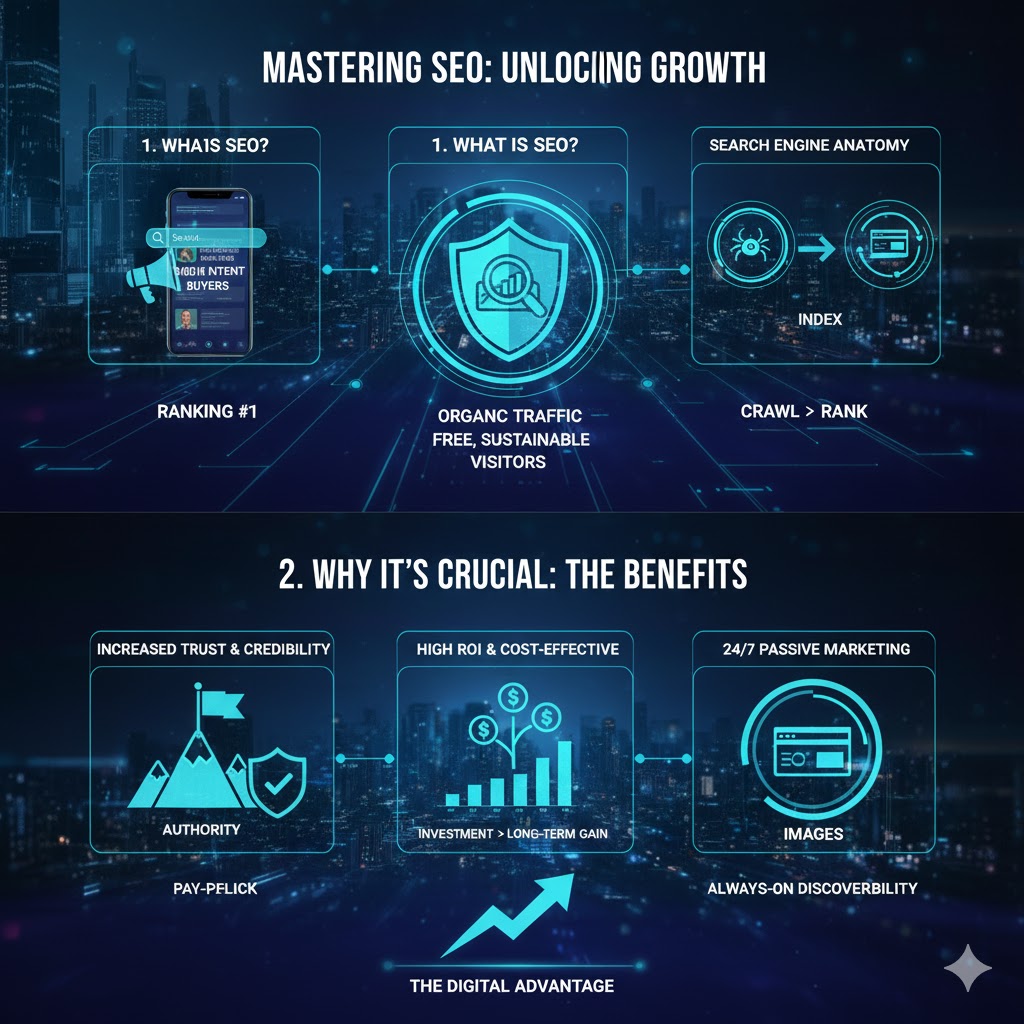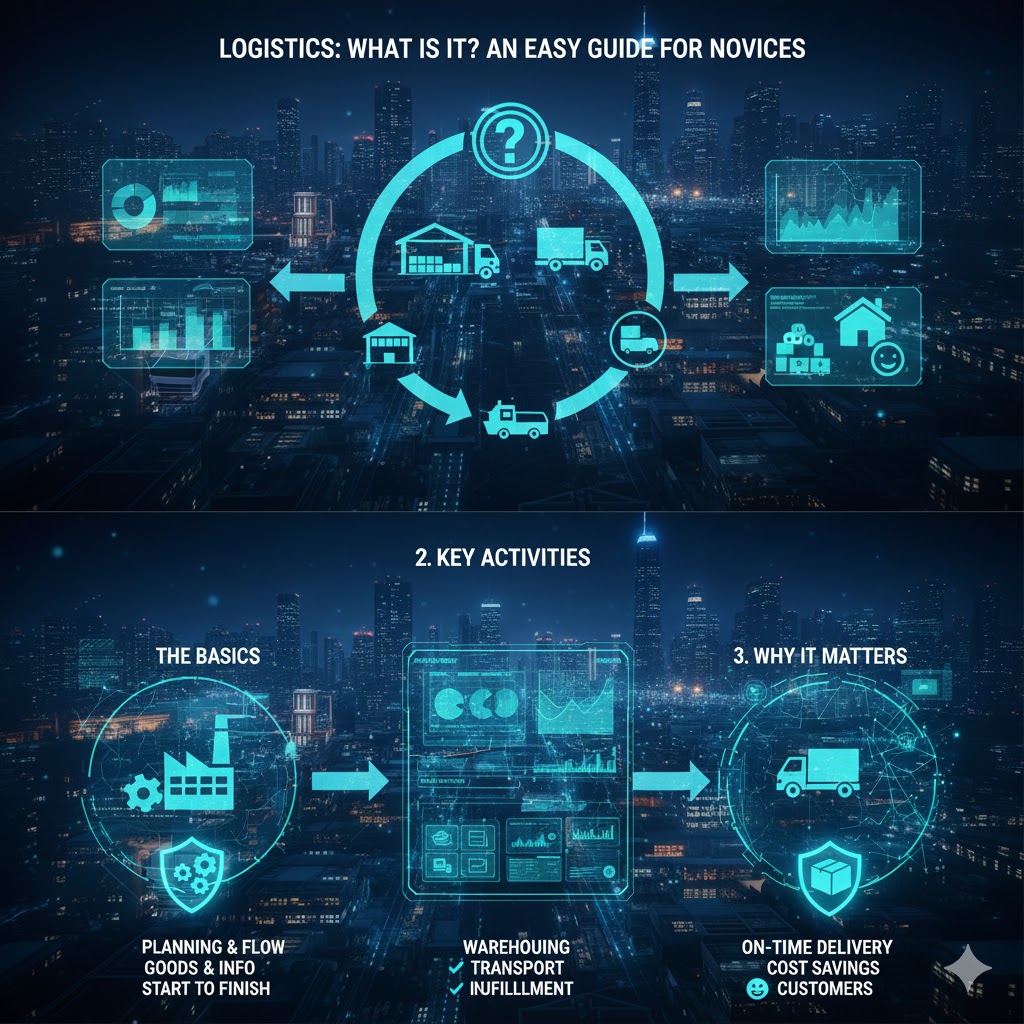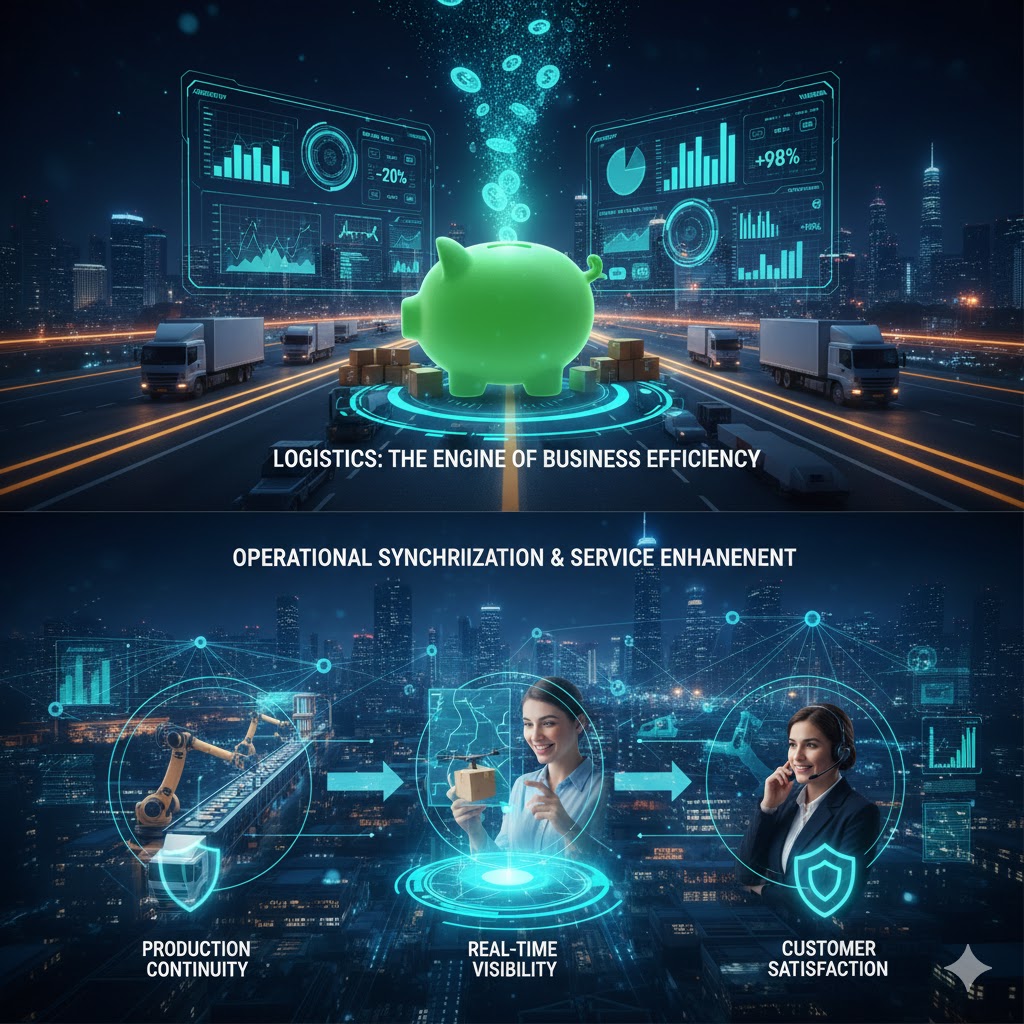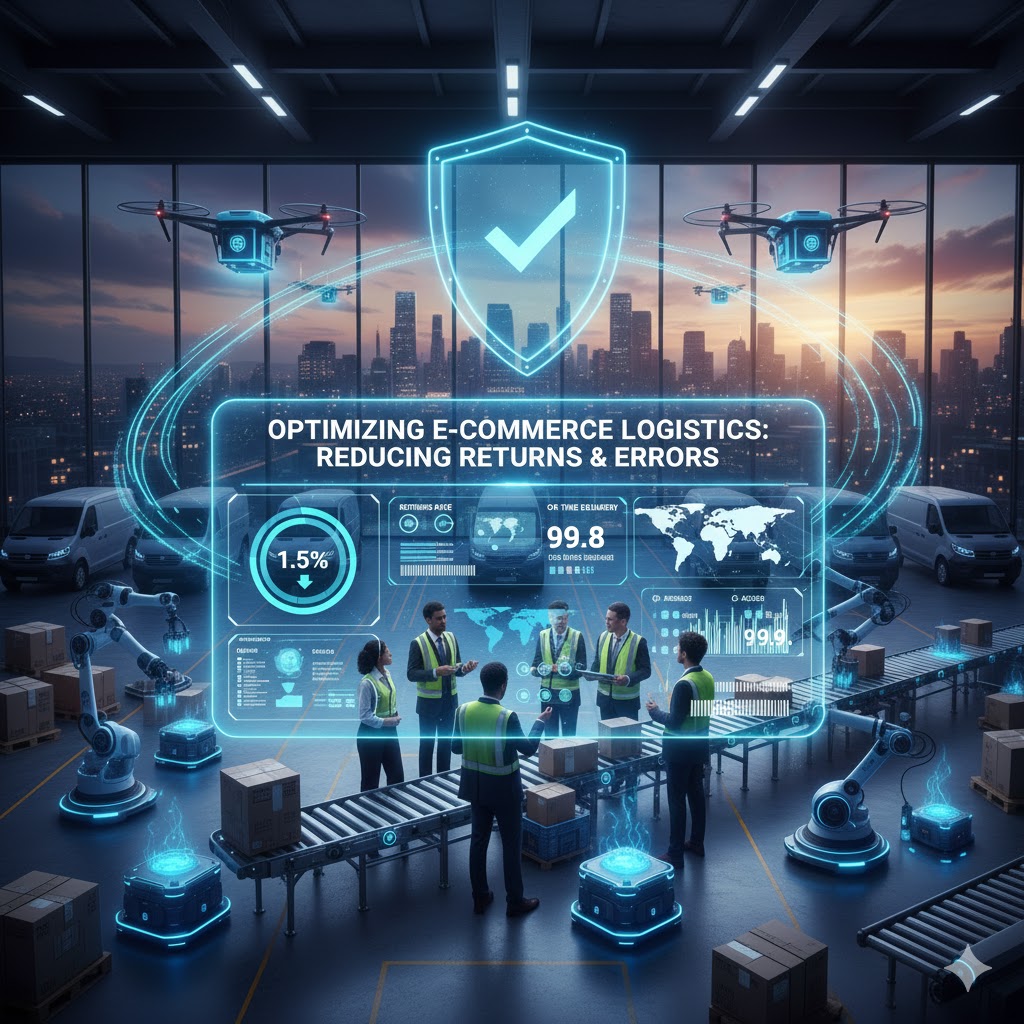
Technology has fundamentally altered logistics. It facilitates faster product movement, error prevention, and improved customer service for businesses. Almost all businesses today rely on technology to maintain a seamless supply chain.
- Tracking in Real Time Enhances Visibility
Businesses can now see the precise location of their shipments at any time thanks to GPS and tracking apps.
Advantages
Reduced delivery delays
Fast updates for clients
Improved route planning
Deliveries become more transparent and dependable with real-time tracking.
- Automation Accelerates Warehouse Processes
Automated systems are used in modern warehouses to minimise errors and save time.
For instance:
Scanners for barcodes
Belt conveyors
Automated robots for picking
Automation speeds up order packing and shipping for businesses, particularly during peak times.
- AI Improves Demand Prediction and Planning
Artificial intelligence (AI) uses historical data to forecast:
How much inventory is required
Which goods will be more popular?
When to place a new order
By doing this, businesses can prevent stockouts and overstocking. AI speeds up and improves decision-making.
- Time and Fuel Are Saved with Smart Route Optimisation
The quickest and most effective delivery routes can be automatically determined by technology.
This lowers:
Fuel expenses
Delays in traffic
Deliveries that are delayed
AI-powered routing tools enable drivers to reach customers more quickly.
- Online documentation and digital payments lower errors
Conventional paperwork is cumbersome and prone to errors.
Using digital systems, businesses can:
Create invoices right away
Revise the shipment paperwork
Handle payments safely
The entire delivery cycle is accelerated as a result.
In conclusion
Logistics can become quicker, more intelligent, and more effective thanks in large part to technology. Businesses use cutting-edge technologies to deliver goods safely and on schedule, from tracking to automation and artificial intelligence.

















